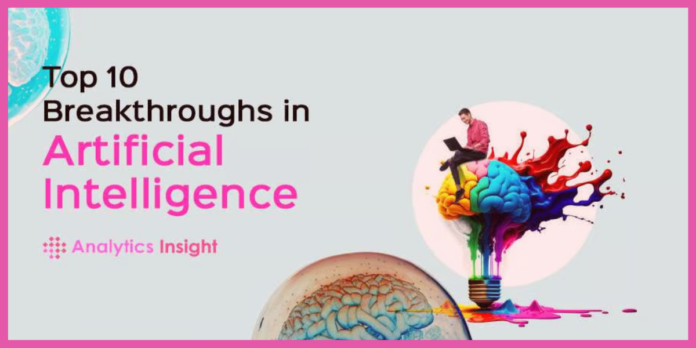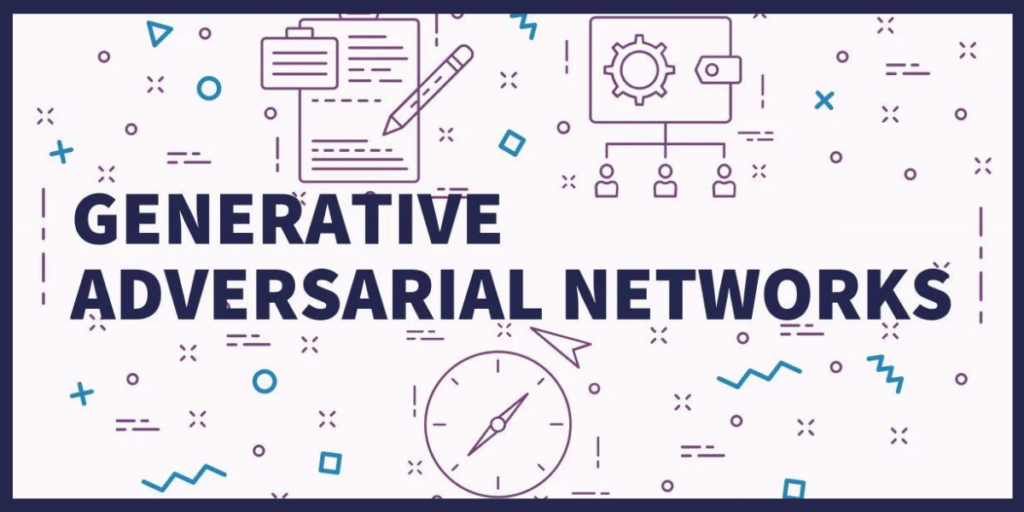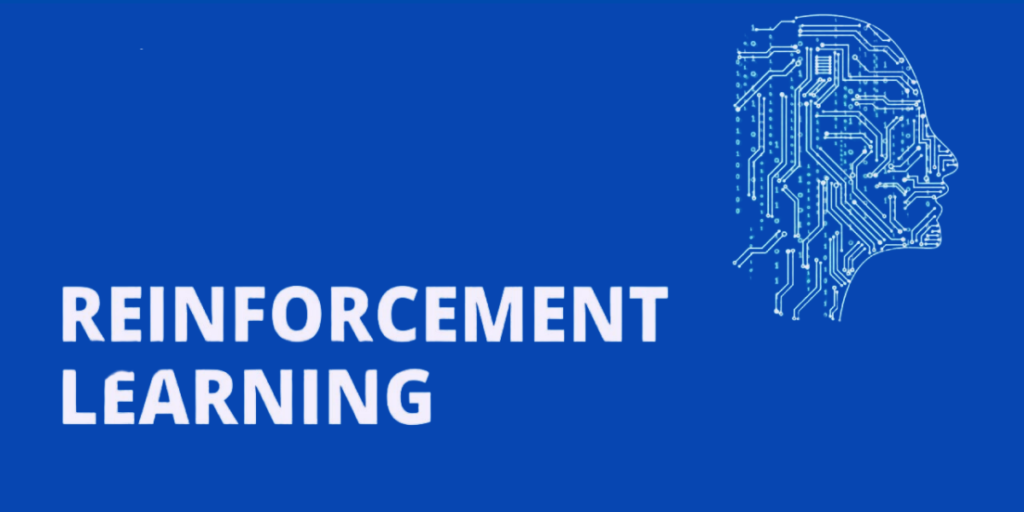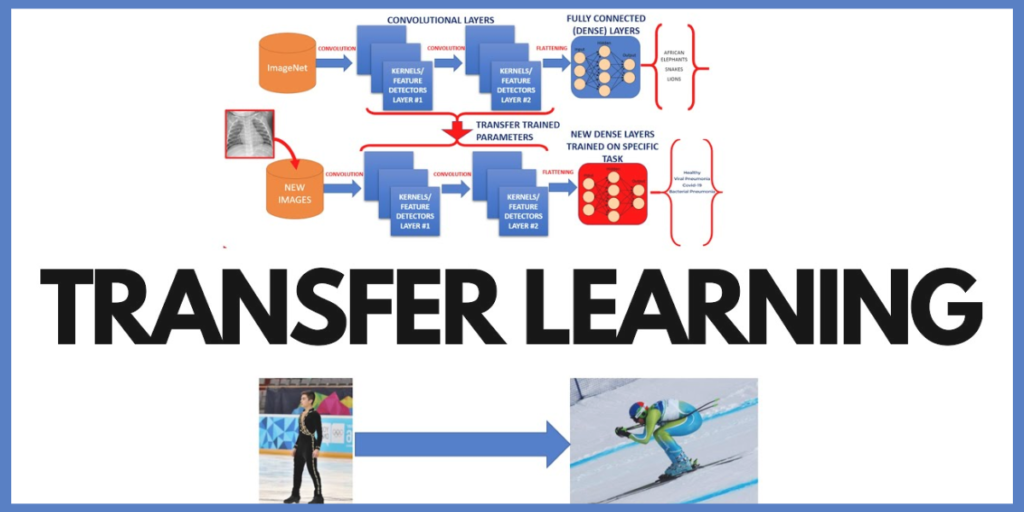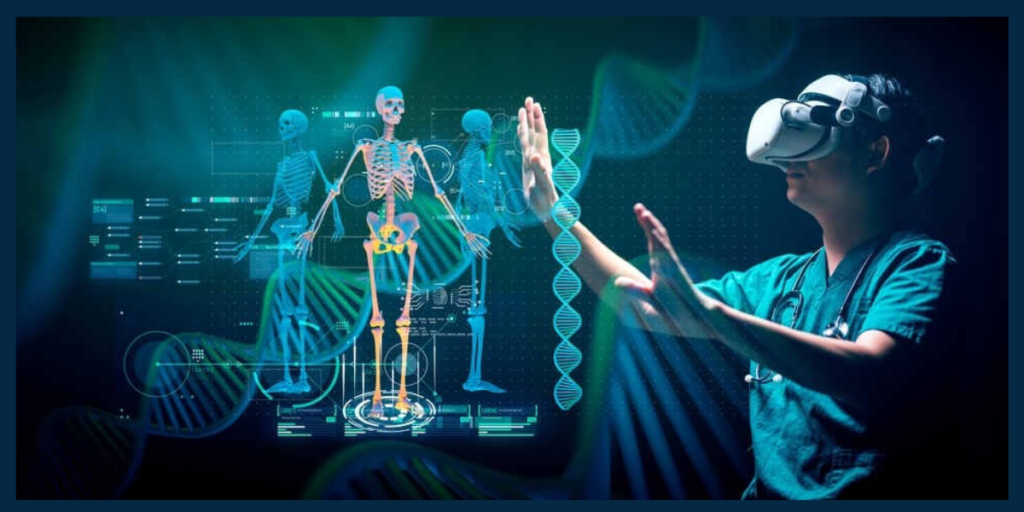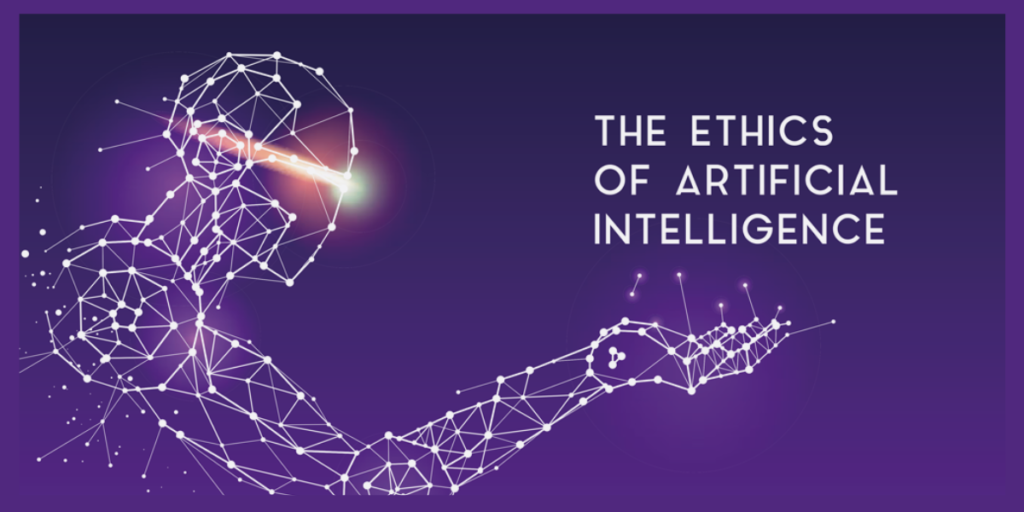Artificial Intelligence (AI) has rapidly evolved over the past few decades, transforming from a theoretical concept to an integral part of our daily lives. AI breakthroughs have continually pushed the boundaries of what’s possible, from revolutionizing industries to enhancing personal devices. Here, we explore the top 10 breakthroughs in artificial intelligence that have significantly shaped the modern world.
Deep Learning
Deep learning is a subset of machine learning involving neural networks with many layers (deep neural networks). This breakthrough has dramatically improved the ability of computers to perform tasks such as image and speech recognition. It leverages vast amounts of data and computational power to automatically discover patterns and features, making it a cornerstone technology for applications ranging from autonomous vehicles to advanced medical diagnostics.
Generative Adversarial Networks (GANs)
Introduced by Ian Goodfellow and his colleagues in 2014, GANs have revolutionized the field of AI by enabling the generation of realistic data. GANs consist of two neural networks, a generator, and a discriminator, competing against each other to create incredibly lifelike images, videos, and music. This technology is widely used in entertainment, virtual reality, and content creation.
Natural Language Processing (NLP)
NLP involves the interaction between computers and human language. Breakthroughs in this field, particularly with models like OpenAI’s GPT-3, have enabled machines to understand, interpret, and generate human language with unprecedented accuracy. Applications of NLP include chatbots, language translation services, and voice-activated assistants, all of which have become increasingly sophisticated and prevalent.
Reinforcement Learning
Reinforcement learning, where an agent learns to make decisions by receiving rewards or penalties, has led to significant advancements in autonomous systems and robotics. AlphaGo, developed by DeepMind, is a prime example, having defeated the world champion in the complex game of Go. This breakthrough demonstrated the potential of reinforcement learning in mastering tasks that require strategic thinking and decision-making.
Self-Supervised Learning
Self-supervised learning is a paradigm where machines learn to predict part of their input from other parts. This approach has led to remarkable improvements in various AI applications, including language models and computer vision systems. It allows models to leverage large amounts of unlabeled data, making the learning process more efficient and effective.
Transfer Learning
Transfer learning involves applying knowledge gained from one domain to another. This breakthrough has made it possible to develop AI systems that require less data and computational resources to train. For instance, a model trained to recognize objects in photos can be adapted to identify medical conditions in X-ray images with minimal additional training, significantly accelerating the development of specialized AI applications.
Explainable AI (XAI)
As AI systems become more complex, understanding how they make decisions has become crucial. Explainable AI aims to make AI decisions transparent and understandable to humans. This breakthrough is particularly important in fields like healthcare and finance, where understanding the rationale behind AI decisions can have significant implications for trust and accountability.
AI in Healthcare
AI’s impact on healthcare has been profound, with breakthroughs in predictive analytics, personalized medicine, and diagnostic tools. AI systems can analyze vast amounts of medical data to identify patterns and predict disease outbreaks, improve patient care, and develop new treatments. Notable advancements include AI algorithms that can detect cancer from medical images with high accuracy and AI-driven drug discovery processes.
Quantum Computing and AI
Quantum computing, still in its nascent stages, promises to revolutionize AI by providing unprecedented computational power. Quantum computers can solve certain problems exponentially faster than classical computers, potentially enabling breakthroughs in artificial intelligence research and applications. While practical quantum AI systems are still years away, early developments indicate significant future potential in fields such as cryptography, materials science, and complex optimization problems.
Ethical AI and Bias Mitigation
As AI systems become more integrated into society, addressing ethical concerns and biases has become increasingly important. Breakthroughs in developing frameworks and technologies to ensure ethical AI involves creating systems that are fair, accountable, and transparent. Efforts to mitigate bias in AI algorithms are crucial for ensuring that AI benefits all segments of society equitably and prevents discrimination.
Conclusion:
The top 10 breakthroughs in artificial intelligence highlight the rapid advancements and transformative potential of AI technologies. From deep learning and GANs to quantum computing and ethical AI. These breakthroughs are shaping the future of various industries and enhancing our daily lives. As AI continues to evolve, it promises to unlock even more possibilities, driving innovation and solving complex challenges across the globe. The journey of AI is still unfolding, and the next decade is likely to bring even more groundbreaking developments.

